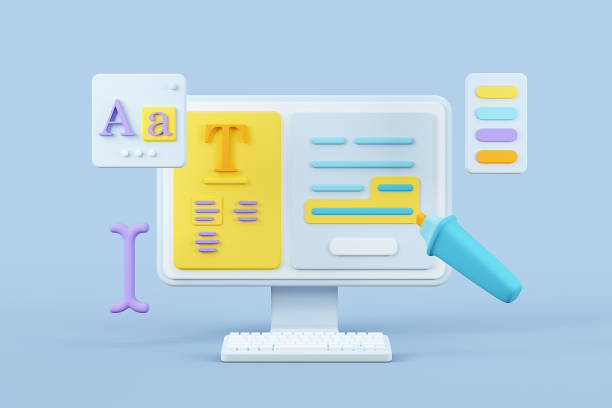Why Are Headless Browser APIs So Popular And Useful
Are you wondering why are headless browser APIs so popular and useful? If that is your case, this article is for you because here we will explain it to you.
A headless browser is a web browser without a graphical user interface. It is typically used for automated testing purposes, as it allows developers to run tests in an environment that is very close to that of a real user.
The most common headless browser APIs are PhantomJS, Selenium and WebDriver. These APIs provide the capability to run tests and perform actions on a web page, without having to actually open it in a browser. This can be useful in cases where it is not possible to open the browser (for example, when running tests on the command line).
They are also useful when we need to run the same test on many different browsers. This is not possible with browser plugins, since they only work with one browser at a time. In contrast, headless browsers can run on multiple browsers at the same time, saving time and money.
In addition, headless browsers can be used to automate tasks that would otherwise require manual interaction with the user interface. This can be useful when creating automated tests or when creating an application with a UI that does not require the user to be present.
In addition, headless browsers can be used to automate tasks that would otherwise require manual interaction with the user interface. This can be useful when creating automated tests or when creating an application with a UI that does not require the user to be present.
However, all these advantages come at a cost: they are not easy to use and do not provide developers with many tools for debugging. Fortunately, there are APIs that allow developers to use headless browsers without having to worry about these problems.
What Is A Headless Browser API?
An API is an interface that allows two programs to communicate with each other. A headless browser API allows you to control a headless browser from your application code.
This allows you to manipulate the browser’s DOM (Document Object Model), execute JavaScript code in the context of the target website, and capture screenshots of web pages without having to open them in a normal browser window.
The Most Popular Headless Browser API Is Web Scraping API
If you want a simple way of making your program work with a headless browser then you should Web Scraping API with Headless Browser API. This tool will allow you to quickly and easily integrate this type of API into your system.
With this tool you will be able to extract information from any website without having to open it in another program or type long commands. In addition, it has very simple parameters that will help you get started quickly.
So if you want to start using this type of APIs then Web Scraping API with Headless Browser API and see how it works for you.
Web Scraping API with Headless Browser API
If you’re reading this, it’s likely you’re looking for a way to quickly extract data from web pages. The best way to do this is with web scraping. With just one API call, you’ll be able to get all of the information you need from any website.
One of the most popular options for web scraping is Web Scraping API. It’s incredibly powerful and easy-to-use. In just a few minutes, you’ll be able to get all of the data you need from any website.
How To Use Web Scraping API With Headless Browser API?
To use this API just follow these steps:
1- Go to Web Scraping API with Headless Browser API and simply click on the button “Subscribe for free” to start using the API.
2- After signing up in Zyla API Hub, you’ll be given your personal API key. Using this one-of-a-kind combination of numbers and letters, you’ll be able to use, connect, and manage APIs!
3- Employ the different API endpoints depending on what you are looking for.
4- Once you meet your needed endpoint, make the API call by pressing the button “run” and see the results on your screen.
If you liked this post and want to know more then keep reading at https://www.thestartupfounder.com/understand-what-a-headless-browser-is-and-how


